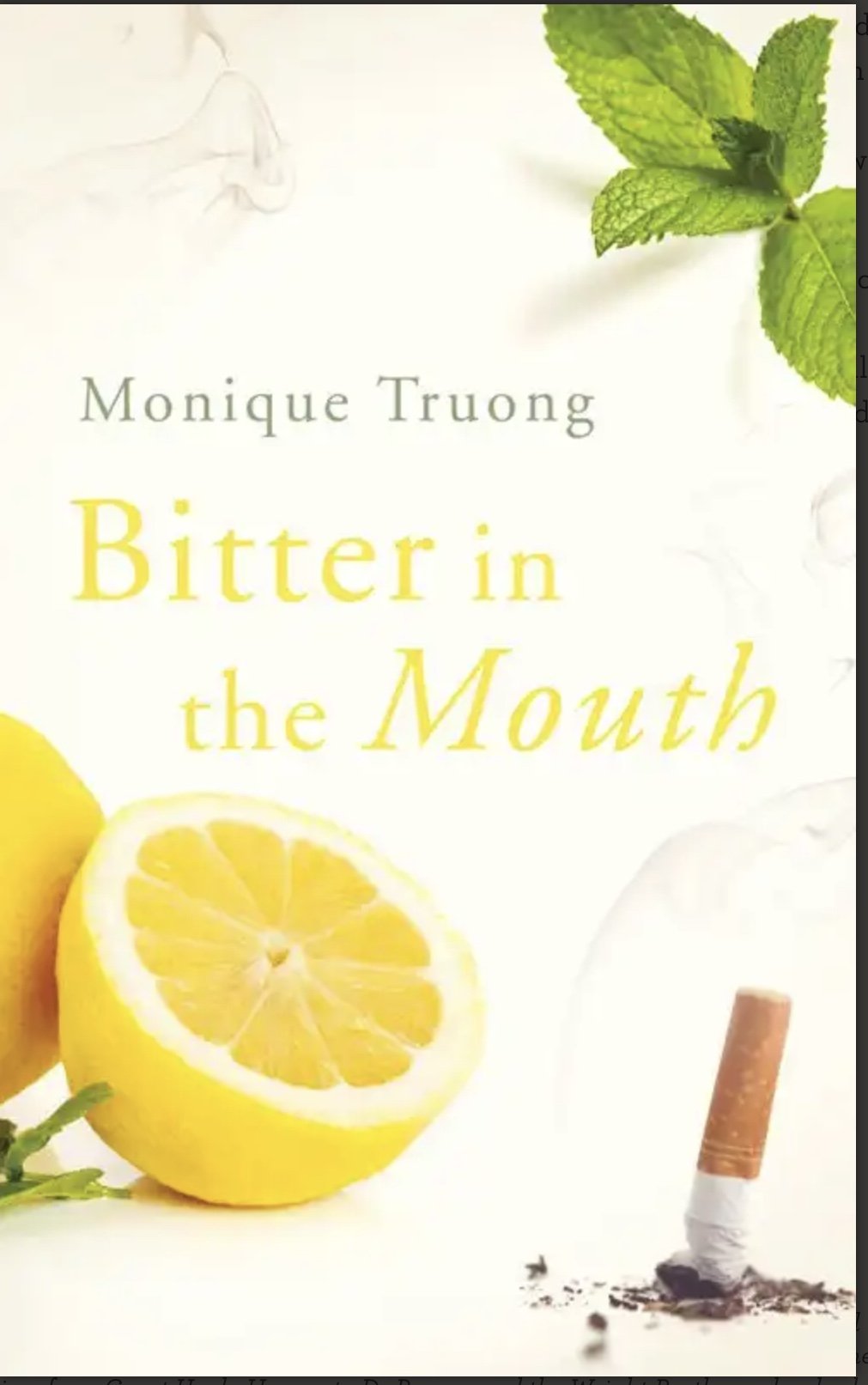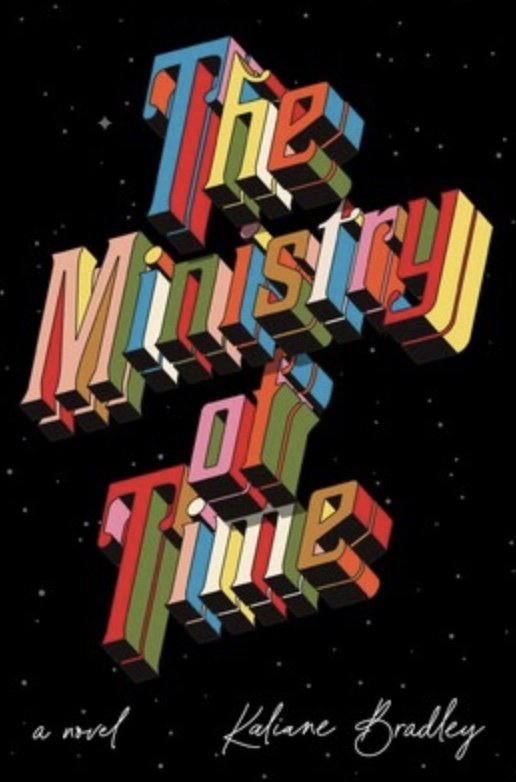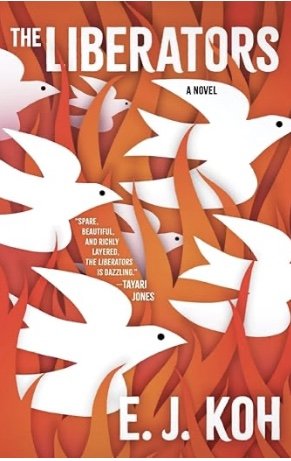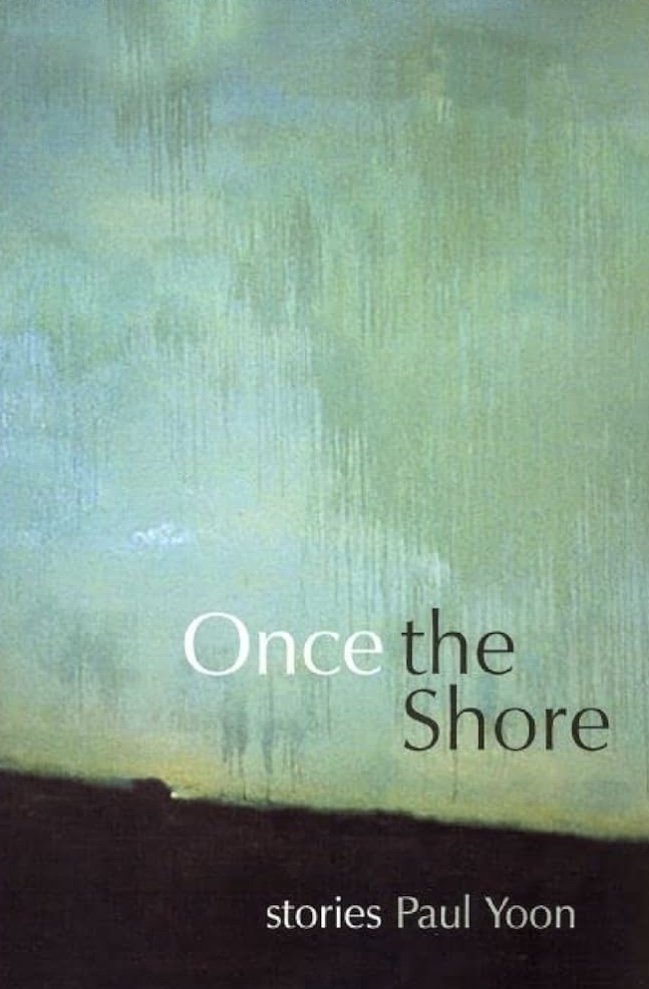Bitter in the Mouth by Monique Truong (Random House)
Linda Hammerick has been given a privileged upbringing in the small town of Boiling Springs, North Carolina. She’s a Hammerick, following in the path set by past generations of her prominent family. As a Hammerick, she’s destined to become a “legacy” at Yale where she’ll be on her way to a career as a lawyer, in emulation of the father she adores.
After reading To Kill a Mockingbird, Linda sees herself as Scout, although differences mar the similarity between Harper Lee’s heroine and the ambitious little girl in Boiling Springs. Linda has a condition that stands between her and the rest of the world. When she hears words, or speaks them herself, she tastes each one, something that breaks the concentration she needs to achieve academic success. To blunt the flavor of this strange sixth sense, she cuts its sharpness by anesthetizing her tastebuds with nicotine, hanging out with the school outcasts and puffing away at a cigarette before going to class.
In common with many Southern households as found in American literature, Linda’s home is laden with secrets and unspoken truths. Soon she learns to hide any experience of her own that might bring turmoil to her family. Even when she’s raped by a handyman when she’s eleven, she tells nobody except for her great-uncle, Baby Harper, a man who has undisclosed realities of his own.
“What I know about you, little girl, would break you in two,” Linda’s grandmother tells her just before the old woman dies, taking any explanations with her.
It’s only when Linda begins to practice law in Manhattan that she starts to reveal who she is and how her life was transformed when she was seven years old. Slowly memories that she had erased come back to her in “two sensations, one of my heart filling and one of it emptying.” The girl who has always seen herself as Scout begins to see herself as Boo Radley instead, a secretive hidden being disguised as the fortunate daughter of the Hammerick family.
Monique Truong has written a novel that’s stuffed with details of heartbreak and tragedy, love and survival. Linda Hammerick is an observer and what she sees and feel makes her life in Boiling Springs as evocative as Scout’s in Harper Lee’s classic or as Buddy’s in Truman Capote’s A Christmas Memory. Linda intertwines the story of her childhood with figures from Southern history: Virginia Dare, the Wright Brothers, George Moses Horton, a poet born into slavery--all of them people who were attached in some way to secrets. As she sees it, secrets are the legacy handed down to anyone who was born in the South.
This is a novel with very little dialogue. What Linda reports is as difficult to read as it is for her to hear, since every word is followed by the name of what carries its taste. “Don’t youcannnedgreenbeans wantsaltedbutter to stopcannedcorn by your mom’schocolatemilk placeroastturkey firstPeptobismol?”
Although this certainly conveys the difficulties faced by those with synesthesia, it makes the appearance of italics in a sentence something to dread and slows the progression of the narrative. It might have been easier if Truong had avoided dialogue altogether.
Still the characters and settings of Bitter in the Mouth are beautifully delineated by Truong’s gorgeous writing, putting her new narrator squarely beside the man in The Book of Salt who also struggled with language and secrets or with Lafcadio Hearne in The Sweetest Fruits (Asia by the Book, May 2021) who lied and kept secrets in three different languages. Truong’s three novels interrelate in magical ways, making her readers wonder just what--and who-- she will bring to life next.~Janet Brown






